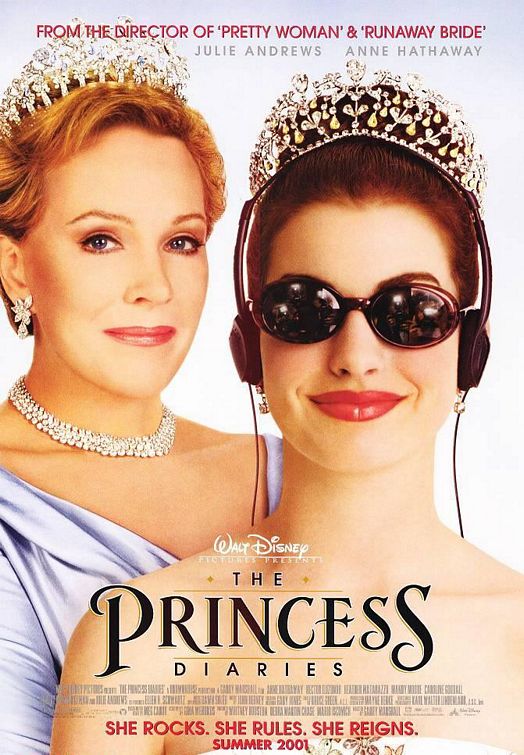
X Users Report Rise in Eating Disorder Content: ‘Very Toxic Environment’
By Movieguide® Contributor
X users are reporting a disturbing rise in content that promotes eating disorders.
NBC reported, “over the last two years, over 173,000 users” joined an eating disorder X community, “a recent feature that allows people to join groups based around a shared interest, making it one of the largest on the platform.”
“More than 70,000 of them had joined since June. Thousands of posts were made in the group daily, including encouragement and instructions for disordered eating,” the outlet continued, adding that some of the users are “as young as 13.”
“For someone who is at risk of an eating disorder, maybe engaging in low-level behaviors, this kind of content really validates that ‘Hey, there are other people doing this,’” Gemma Sharp, a clinical psychologist and the head of body image and eating disorders research at Monash University in Melbourne, Australia, told NBC.
She continued, “Eating disorders are very competitive disorders. That’s why you see people quoting numbers a lot, goal weights a lot, they want to be the sickest in the community. It is a very toxic environment.”
X has suspended communities like this for violating their rules against promoting self-harm, but users simply move to different groups or start new ones.
While the internet has long been a breeding ground for this harmful sort of content, many are pointing out that the content is far easier to access on X.
Debbie, who did not want to share her last name, spoke to The Guardian about her lifelong struggle with bulimia — and how X has started showing her content about eating disorders, unprompted.
She recalled message boards that she once visited promoting eating disorders, “but you’d have to search to find them.”
“This kind of content is now more accessible than ever and, critics of social media companies argue, is pushed to users by algorithms, which serve people more — and sometimes increasingly extreme — posts,” The Guardian wrote.
A study done by Australian organization Reset.Tech came up with similar results. They set up a series of accounts on TikTok, Instagram, X and Google, posing as a 16-year-old girl, and recorded the types of content they were recommended.
“When it comes to content recommendation, TikTok came out commendably on top — none of its recommended content was classified by Reset.Tech as pro-eating disorder content,” they wrote. “Twenty-three per cent of content recommended by Instagram was considered pro-eating disorder content, while X — formerly Twitter — was by far the worst.”
Reset.Tech continued, “Sixty-seven per cent of content that X recommended was pro-eating disorder content, and alarmingly another 13 per cent displayed imagery that Reset.Tech counted as self-harm-related.”
Sharp shared, “I know some people have said they need to get off social media entirely in order to recover. Some people have said they’ve just changed their behaviors, they’ve avoided certain content, although that’s rather hard to do as we’re finding out with X sending people content they haven’t asked for.”
Movieguide® previously reported on TikTok’s similar promotion of eating disorder content:
A new study published in PLOS One Science Journal found that women who spend as little as eight minutes on TikTok per day will have an increased risk for developing an eating disorder.
The journal “surveyed 273 women ages 18 to 28 from July 2021 to October 2021 about their TikTok use,” PEOPLE reported Aug. 8. “Participants were also screened for symptoms of disordered eating, body image, their attitudes toward beauty standards, and risk for orthorexia, which according to the National Eating Disorder Association is ‘an obsession with proper or “healthful” eating.’”
Half of the women were shown “pro-anorexia” content on the platform. The other half were shown “neutral” content. All of the women were Australian.
“Researchers from Charles Sturt University in Australia found that the participants from both groups reported a decrease in body image satisfaction after viewing the content. However, in just 8 minutes, those who were exposed to the ‘pro-anorexia’ content had worse body image satisfaction and were more likely to internalize ideals of thinness,” PEOPLE said.
Those who were exposed to the pro-anorexia content suffered “immediate negative consequences” for their mental health.



 - Content:
- Content: 

